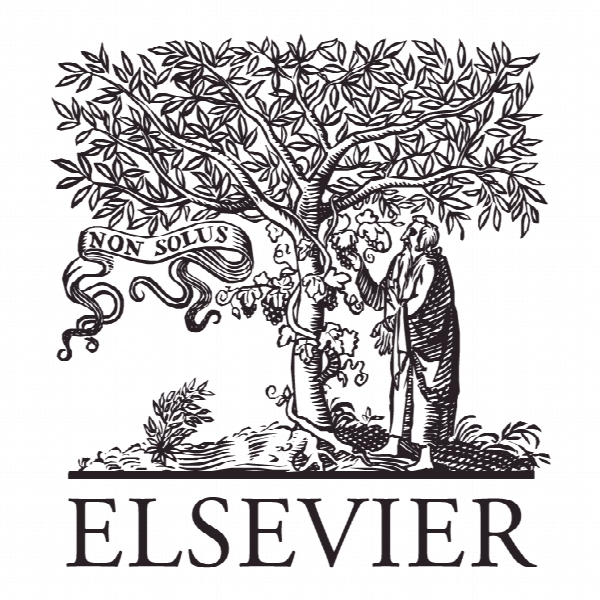زمان برای انتخاب میانگین ساده در ترکیب پیش بینی When to choose the simple average in forecast combination
- نوع فایل : کتاب
- زبان : انگلیسی
- ناشر : Elsevier
- چاپ و سال / کشور: 2017
توضیحات
رشته های مرتبط مدیریت
مجله تحقیقات بازاریابی – Journal of Business Research
دانشگاه مؤسسه فناوری کارلسروهه، آلمان
نشریه نشریه الزویر
مجله تحقیقات بازاریابی – Journal of Business Research
دانشگاه مؤسسه فناوری کارلسروهه، آلمان
نشریه نشریه الزویر
Description
1. Introduction The combination of forecasts has been subject to research in economics since the pioneering work of Reid (1968) and Bates and Granger (1969). Numerous studies show that the combination of forecasts often results in increased accuracy in comparison to any of the forecasts alone (Makridakis et al., 1982; Clemen, 1989; Makridakis & Hibon, 2000; Fildes & Petropoulos, 2015). Various techniques aiming at deriving a weighting of individual forecasts which minimizes errors out-of-sample have been proposed. t-of-sample have been proposed. Bates and Granger (1969) introduced the so-called optimal weights (OW). The weights are determined in a least squares estimation using available past forecast error data. They are referred to as optimal as they minimize the in-sample error variance; by design, OW outperforms any other linear weighting approach in-sample. However, the out-of-sample performance is not necessarily superior since the estimated weights are strongly fitted to the training data and are consequently subject to sampling-based variance. As a consequence, alternative weight estimation approaches have been proposed. Clemen (1989); Diebold and Lopez (1996), and Timmermann (2006) provided thorough literature reviews of the various approaches to forecast combination. Approaches include variants of optimal weights constrained to the interval [0,1], shrinkage towards the average, Bayesian outperformance probabilities, and several more approaches. Each of the alternative approaches outperformed OW as well as other approaches out-of-sample in some evaluations, but are outperformed in others. As no model exists to decide which of the approaches to choose and empirical results are ambiguous, there is no clear consensus on which forecast combination method can be expected to perform best in a particular situation.


